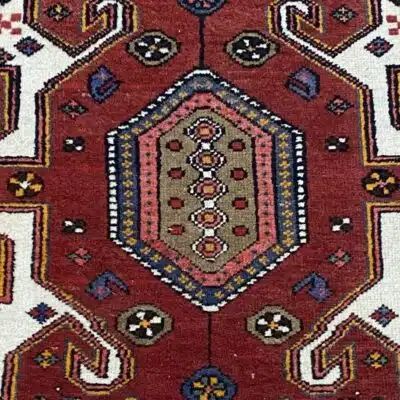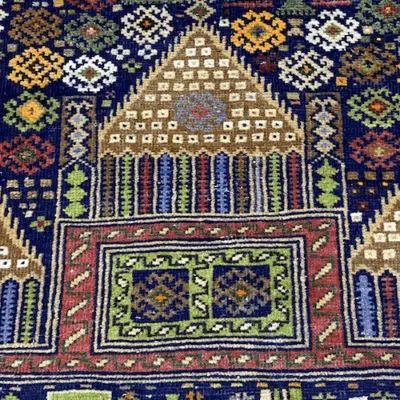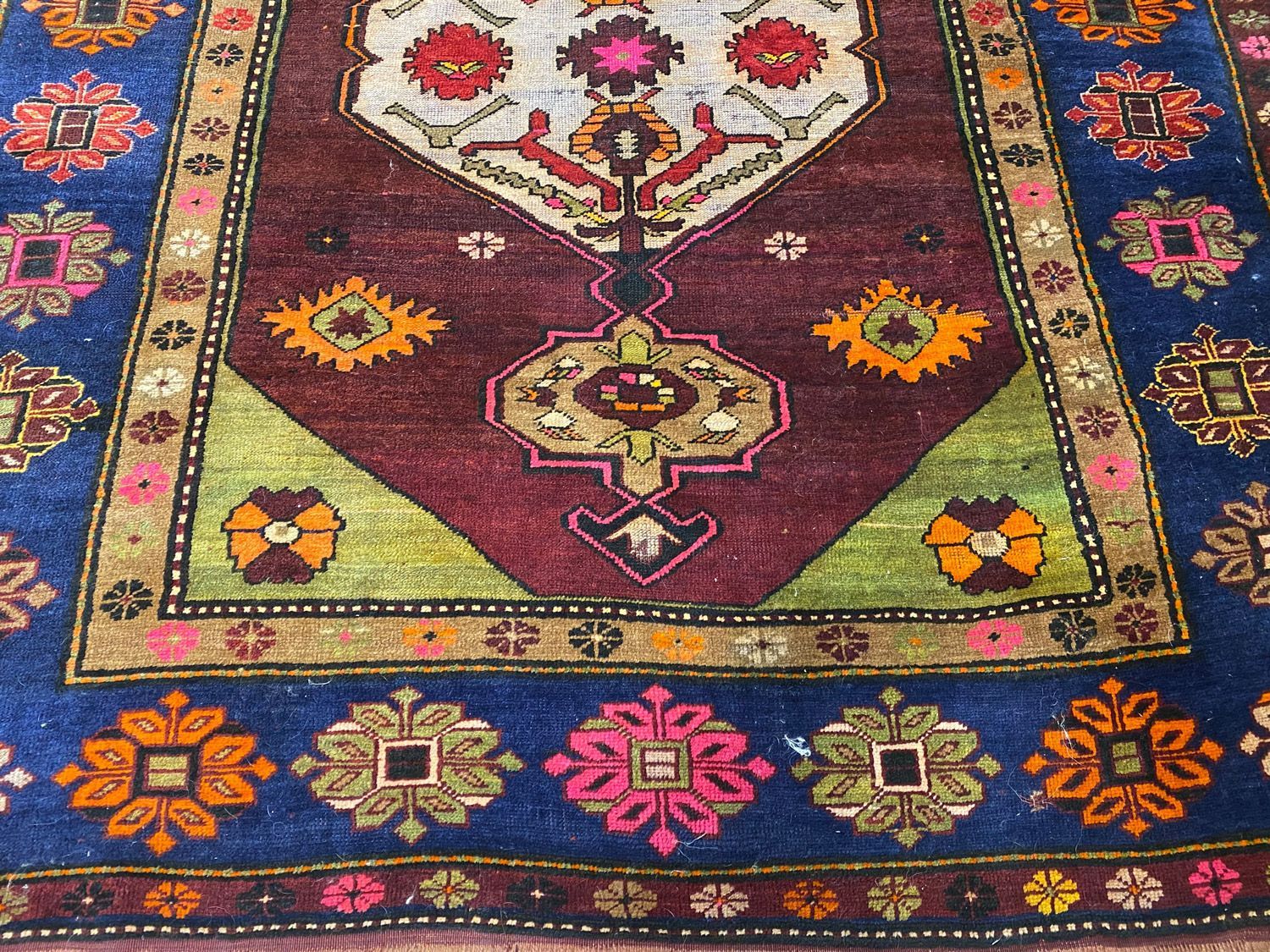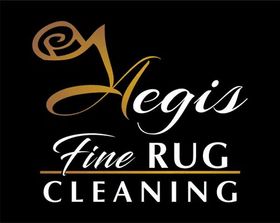
We Clean Wool Rugs from Around the World
Free Pickup and Delivery in most 787 Zip Codes!
We Clean Wool Rugs from Around the World
Free Pickup and Delivery in most 787 Zip Codes!
Trusted Rug Cleaning in Austin, TX
Aegis is the only full-service fine rug washing company in the Austin area.
Cleaning fine rugs by hand, one at a time, is not the easiest, fastest, or cheapest way to clean rugs, but everyone knows it's the best. It's safer for your rugs than putting them into a "rug cleaning machine" that spins or squeezes them, leaving them with a funny texture or colors that run or bleed. A rug cleaning machine can't tell if a rug feels rough or sees colors going where they don't belong. A human's hands and eyes can do these things. That's why I hand wash every rug (as often as needed)—every time.
Aegis Fine Rug Cleaning is the only full-service, premium oriental wool rug cleaner in Austin, TX.
We do at least half a dozen things differently to clean and repair your rugs.
It's essential to understand with whom you are dealing. Please get to know more about us.
When it comes to Fine Rug Cleaning, you must know with whom you are dealing.
Businesses, after all, are a collection of people who provide services to other people
– and we provide the best rug cleaning service!
Often, the more folks that are part of a company, the less attention is focused on the people that keep the company in business, the clients. I've kept my business small enough to maintain personal relationships. It would be best if you weren't crossing your fingers hoping you would "get the good crew" this time. You will see me when I'm picking up your fine rugs in Austin for cleaning. You'll see me when your freshly washed rugs are returned to you. I'm the one who will personally be making sure every inch of your rug is safely completely washed. I don't just sit behind my desk and answer the phone while my team does all the work. After all, I'm the one with the certifications and designations. My experience does not benefit you if I'm not using it to wash your rugs.
Pet Accidents and Fine Rug Cleaning Remedies
Did your pet have an accident on your prized rug? Don't worry! The good news is, yes, we can treat your fine rug and minimize most damage; although we cannot guarantee the results, we are usually successful in our efforts. The bad news is that treating a stain, especially if it's a stain from a pet accident, is quite complicated. Fine rugs are exceptionally delicate, and most home remedies and carpet cleaning companies can cause more harm than good. The only way to treat the stain and ensure that your rug's condition is preserved is to have it cleaned by a certified professional. At Aegis, we specialize in fine rug cleaning and have years of experience working with delicate rugs worldwide. If your fine rug needs cleaning, and you'd like to learn more about us and our rug cleaning process, call our office today!
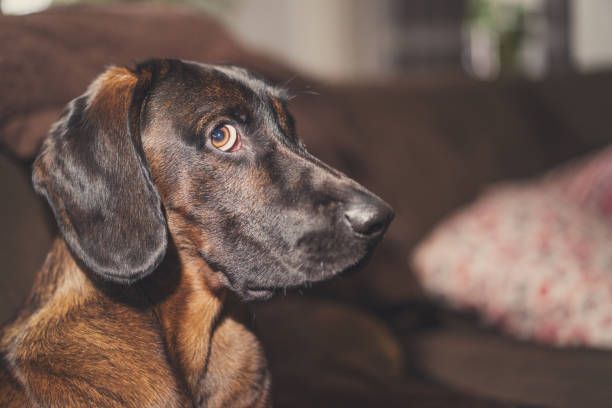
Request a Quote
We are full-service cleaners. Here is what you can expect when you choose Aegis Fine Rug Cleaning.
- Pickup and delivery are always included, as are all the treatments your rug needs (pet decontamination, deodorization, anti-allergen, moth repellent, protectant, etc.)!
- Everything will be washed by hand, not quickly run through a machine, and nothing will be hung to dry.
- All rugs are dried horizontally on an air cushion so as not to distort the shape or promote color bleeding.
- Furthermore, each rug is handled individually, eliminating the risk of cross-contamination.
We're happy to provide you with a quote for your rug cleaning needs. Please be advised that, at this time, we do not service apartments, condos, or office buildings, and we do not have a drop-off location.
Texas Cities Served
- West Austin
- West lake Hills
- Rollingwood
- Lost Creek
- Riverplace
- Jester Estates
- Davenport Ranch
- Barton Creek
- Amara
- Pemberton
- Tarrytown
- Senna Hills
- Seven Oaks
- Barton Creek West
- Spanish Oaks
- Bee Cave
- Driftwood
- Dripping Springs
- Spicewood Springs
- Steiner Ranch
- The Hills
- Lakeway
- Serene Hills
- Rough Hollow
- Mirador
- Travis Heights
- Barton Hills
Call us at 512-327-1900 for more information, or fill out the short form below, and we'll respond to your request during regular business hours.
We will get back to you as soon as possible.
Please try again later.
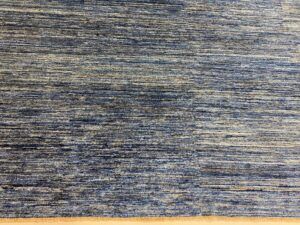
⭐⭐⭐⭐⭐
“Tim is super as are his services. We have had him clean our rugs on more than one occasion as we have pets who have accidents. He leaves the rugs in wonderful condition and we’ve been so pleased. His service is impeccable as are his assistants who are careful moving items. We cannot say enough good things about Aegis, Tim, and his crew. Highly recommend for professionalism and super service. Thank you for keeping our rugs wonderful!”
~ Mark R.

⭐⭐⭐⭐⭐
“Life saver, rug washer…..Tim and the folks at Aegis Fine Rugs handle the trickiest stains. We had given up hope that our rug could be salvaged….called Aegis and they got red spray paint (teenagers…go figure) out of our rugs. Have also recommended them to luxury real estate clients who need their cherished rugs cleaned because of a teenager….or pet. If you love your rugs (and your pets and kids)….call these guys.”
~ Jennifer P.

⭐⭐⭐⭐⭐
“Highly recommend! Tim and his crew were meticulous in their treatment of our rugs and our home during pick up and delivery. And, of course, our rugs were beautifully cleaned. In addition to taking care of the rugs, they were kind enough to take some heavy boxes that had just been delivered upstairs for us….all that, and Tim even brought treats for our dog! If you need rugs cleaned, this is definitely the company you want to call!”
~ Kathy H.
Button
⭐⭐⭐⭐⭐
“Tim cleaned seven rugs for us and his work is exemplary. First, he visited our home and shared his extensive knowledge. He analyzed each rug and explained his cleaning process. He also recommended special rug pads that protect the rugs and our wood and concrete floors. Never have our rugs been so clean of cat stains and fur. And, when our kitties have accidents, the stains are easy to clean. Tim is customer-oriented. He stays in touch and he loves his work. I recommend Tim and Aegis to anyone who values quality.”
~ Laurine M.
Button
⭐⭐⭐⭐⭐
“Overall, Tim with Aegis is honest and genuine. Even though he didn’t clean the rug, I know that he has the customers best interests at heart and wants to do the best job possible.”
~ Barrett D.
Button
⭐⭐⭐⭐⭐
“You can’t go wrong with Tim. More small businesses should take a page from his book of professionalism and courtesy.”
~ Harlan B.
Button
⭐⭐⭐⭐⭐
“We were lovingly given several beautiful wool rugs as part of my mother’s estate so finding an expert cleaner was high on our list. We found Aegis on line and by “wrap.” Tim arrived to pick the rugs up and spent time with us sharing his extensive knowledge of rugs and these rugs in particular, (including how and when they were made, the type of wools used, as well as their approximate value). We were thrilled! Give him a call.”
~ Jennifer P.
Button

